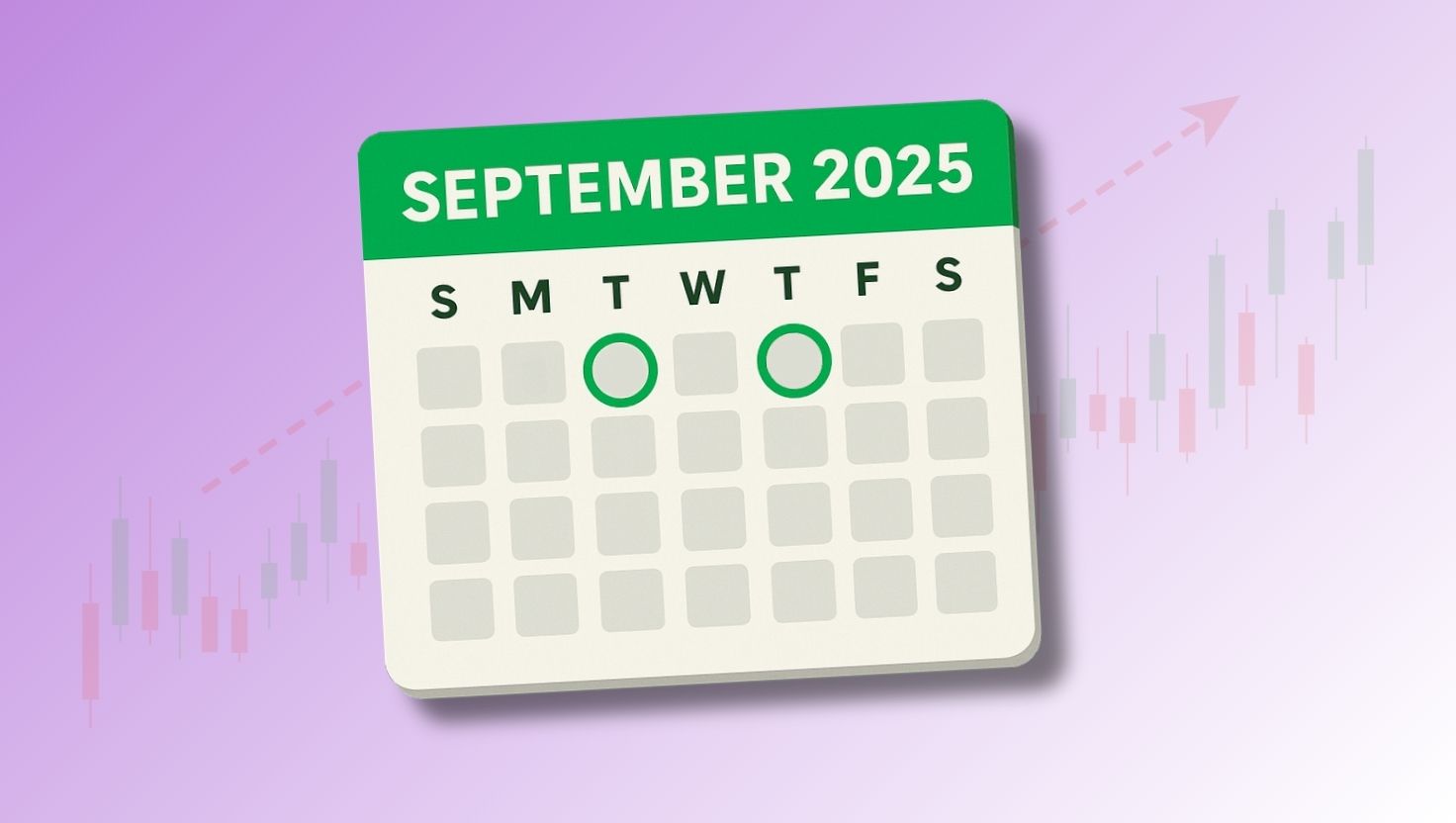
Axis Bank Q1FY26 Results: A Mixed Bag, but Long-Term Picture Still Intact
By
Arihant Team
Axis Bank Q1FY26 profit dips 4% YoY to ₹5,806 crore. NII at ₹13,560 crore; GNPA rises 1.57%. Provisions surge, signaling caution. Growth levers remain raising the key buy-or-sell question.
In This Article
- Key Highlights
- So, what’s going on?
- What's the outlook?
- Stock Valuation & View: From Arihant’s Research Desk
- Bottom Line
Axis Bank announced its Q1FY26 earnings, and while the numbers were mostly in line with expectations, there were a few hiccups that investors should take note of.
The bank posted a standalone PAT of ₹5,806 crore, 4% dip compared to the same time last year. While the bank's core interest income (Net Interest Income or NII) stayed pretty flat at ₹13,560 crore, what really stood out was the significant jump in provisions – these nearly doubled to ₹3,948 crore. This increase in provisions, along with some changes in how the bank recognizes bad loans, impacted the overall profit.
On the positive side, the bank's operating profit before provisions saw a healthy 14% increase. Other income also grew nicely, beating estimates. Loan growth, however, was a bit subdued compared to the industry, with retail loan growth being particularly muted.
Key Highlights
- Profit After Tax (PAT) stood at ₹5,810 crore, which was also lower than expected, and down 18.4% QoQ.
- Net Interest Income (NII) came in at ₹13,560 crore — slightly below expectations, down 1.8% QoQ, but up 0.8% YoY.
- Gross NPA rose to 1.57% from 1.28% in the previous quarter — a key number to watch.
- Provisions jumped sharply to ₹3,950 crore, nearly double the estimates, due to a one-time technical adjustment in asset classification.
- Net Interest Margin (NIM) came in at 3.8%, steady but slightly lower than last quarter.
So, what’s going on?
Axis Bank had to adjust how it classifies some loans, which led to a spike in slippages and provisions this quarter. Out of ₹8,200 crore in slippages, ₹2,709 crore was purely a technical adjustment rather than a fundamental worsening of loan quality. The bank expects to recover about 80% of these technically classified accounts in the second half of the fiscal year. This change had a visible near-term impact on profitability, with PAT adversely impacted by ₹614 crore and Return on Equity (RoE) by 140 basis points.
Improving Retail Loan Quality:
Good news is, there have been improvements in the quality of retail loans, especially in segments like credit cards and personal loans. Trends in bounce rates and early delinquencies are looking better, and the bank believes the quality of new loans originated now mirrors pre-COVID levels. However, due to the recognition of slippages from older loans, the overall asset quality metrics might take another one to two quarters to show clear stabilization. Net slippages (excluding recoveries and technical adjustments) stood at ₹3,288 crore in Q1.
The bank continues to perform well in core areas:
- Operating profit grew 14% YoY
- Advances were up 8.1% YoY
- Retail loan quality, especially in credit cards and personal loans, is gradually improving
However, deposits fell 0.97% QoQ, which may raise some eyebrows.
What's the outlook?
The near term looks a bit bumpy. Margins are likely to come under pressure in Q2 due to the full impact of earlier repo rate cuts. But the bank’s fundamentals remain solid with:
- Healthy capital buffers (CET-1 at 14.68%)
- A strong retail loan engine
- Improving asset quality
- Strong digital presence
Stock Valuation & View: From Arihant’s Research Desk
Overall, Axis Bank showed a steady operating performance in Q1FY26, supported by good fee income, stable margins, and cost discipline. The impact on profitability was primarily due to the one-time technical change in loan recognition. The bank maintains a strong capital position and healthy provision buffers, providing comfort for its balance sheet. Its digital capabilities are also strengthening customer engagement and driving growth.
The stock is currently trading at a discount compared to its peers, and its future performance will likely depend on how effectively it navigates the current environment and delivers on its growth and asset quality targets in the coming quarters.
However, we are positive on Axis Bank’s long-term growth story, backed by a strong deposit franchise, digital execution, and prudent risk management. The recent technical slippages and margin pressures suggest a cautious approach in the short term. Hence, we have downgraded Axis Bank’s rating from BUY to “ACCUMULATE” with a target price of ₹1,331, valuing the stock at 1.5x FY28E Adjusted Book Value.
Bottom Line
Axis Bank is still on track for solid long-term growth, but short-term pressures — especially around profitability and credit costs — may weigh on the stock. The long-term growth levers are still intact—what we’re seeing right now is more of a temporary adjustment than a structural problem.
For investors, this could be a time to stay invested or add gradually, rather than jumping in aggressively. We will keep an eye on Q2 numbers to see if recoveries and margin stability begin to play out as expected.
Related Topics











